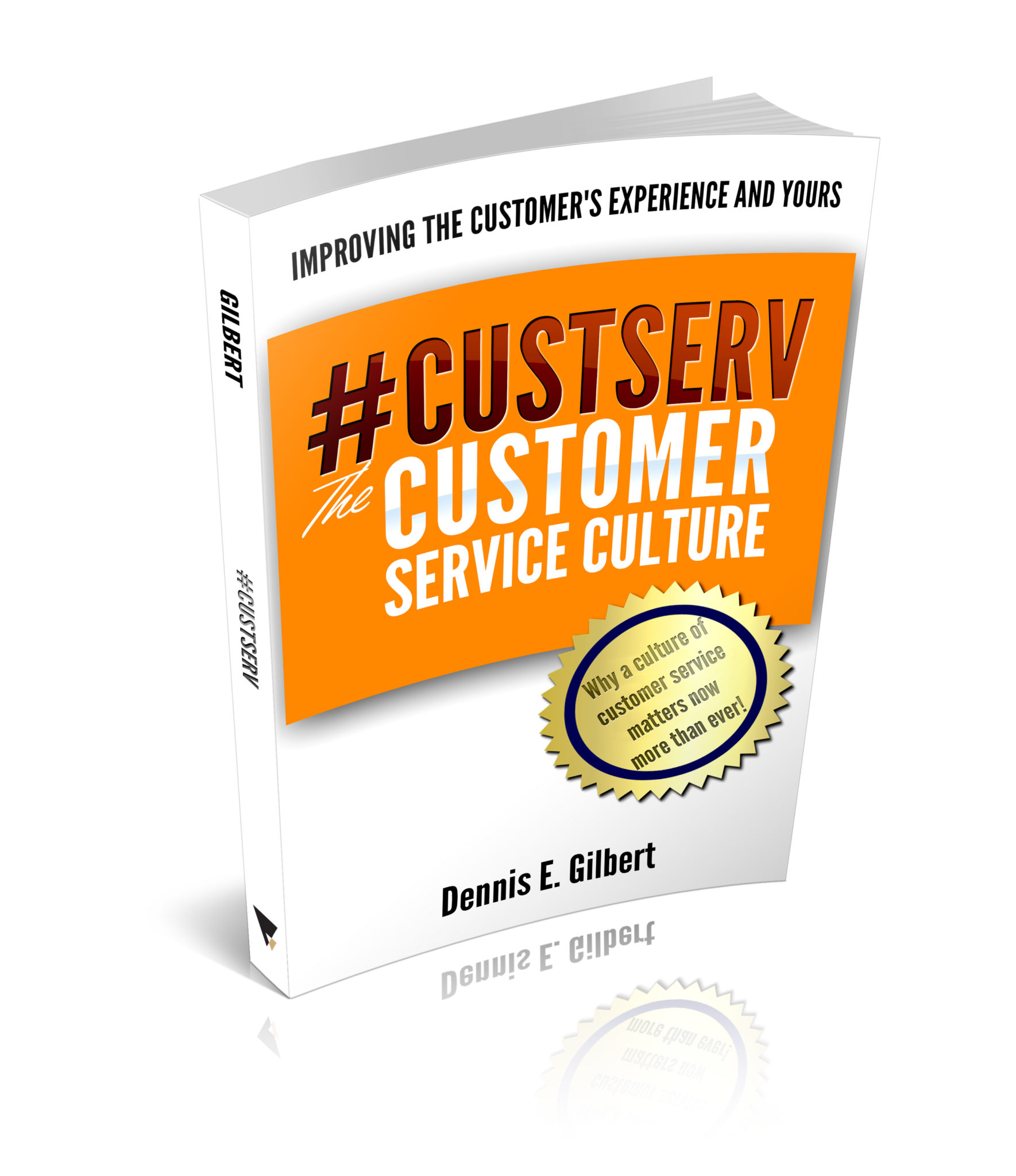
Is Customer Service Marketing?
There are many ways you can bring your idea, product, or service to market. In fact, there are more media opportunities than ever before. What is the best? Is customer service marketing, or really just an operational tactic?
Many businesses hope that their post will go viral. The singer, songwriter, and band all hope for a YouTube or Hulu sensation. Media opportunities have changed. Brand awareness is critical for success.
World of Mouth
Today more ways than ever before exist to build your brand, what should you do? With so many options for visibility, consumers often don’t know who to trust. Talk about marketing long enough and many people will mention the power of word of mouth.
Is it true that word of mouth has become world of mouth? Endless opportunities exist but how are they effectively tapped?
Media Opportunities
You can buy a Super Bowl spot, local television time, or boost a post on social media. You can also sponsor an event, print t-shirts, and offer coupons.
Most will advise you to have a good website, strong social presence, and get more involved with video.
All of those things are likely important, but when it comes to trust it really boils down to your organizational performance and demonstrated commitment to your brand promise.
Perhaps all of the big success stories, all of the things that cause disruption, create chatter, and grow sales happen because someone will choose to talk about it.
Customer Service Marketing
What is a hot topic? Customer service is a very hot topic. As the nature of relationships change, face-to-face experiences become different, and word of mouth develops a completely new meaning, the result of your customer service is the difference.
Video is hot because when done well, it captures the emotion. Every buying decision has an emotional component. There is often a difference between what people want and what people need. It is true for business-to-business transactions and it is true for business-to-consumer.
When marketing shakes down to the most simplistic level, it is still all about word of mouth. Except, the rules have changed, the opportunities have exploded, and trust has become more critical.
Your best (or worst) marketing tool may still be what people decide to share with other people.
Is customer service marketing? Ask yourself this, “What are people saying?”
– DEG
Dennis E. Gilbert is a business consultant, speaker (CSPTM), and corporate trainer that specializes in helping businesses and individuals accelerate their leadership, their team, and their success. He is a five-time author and some of his work includes, #CustServ The Customer Service Culture, and Forgotten Respect, Navigating A Multigenerational Workforce. Reach him through his website at Dennis-Gilbert.com or by calling +1 646.546.5553.
















